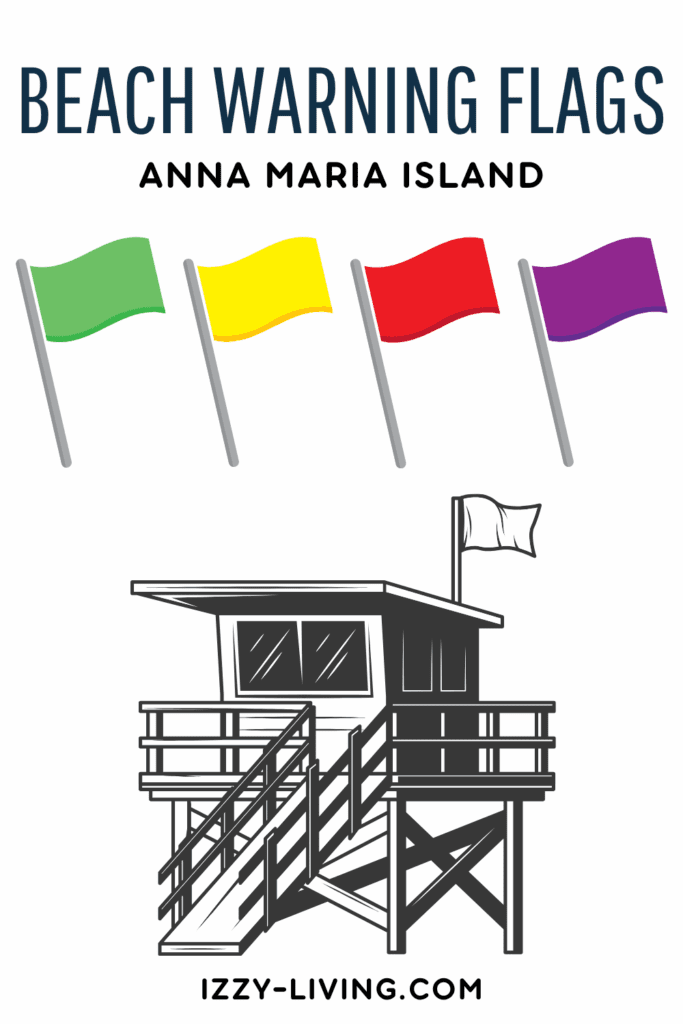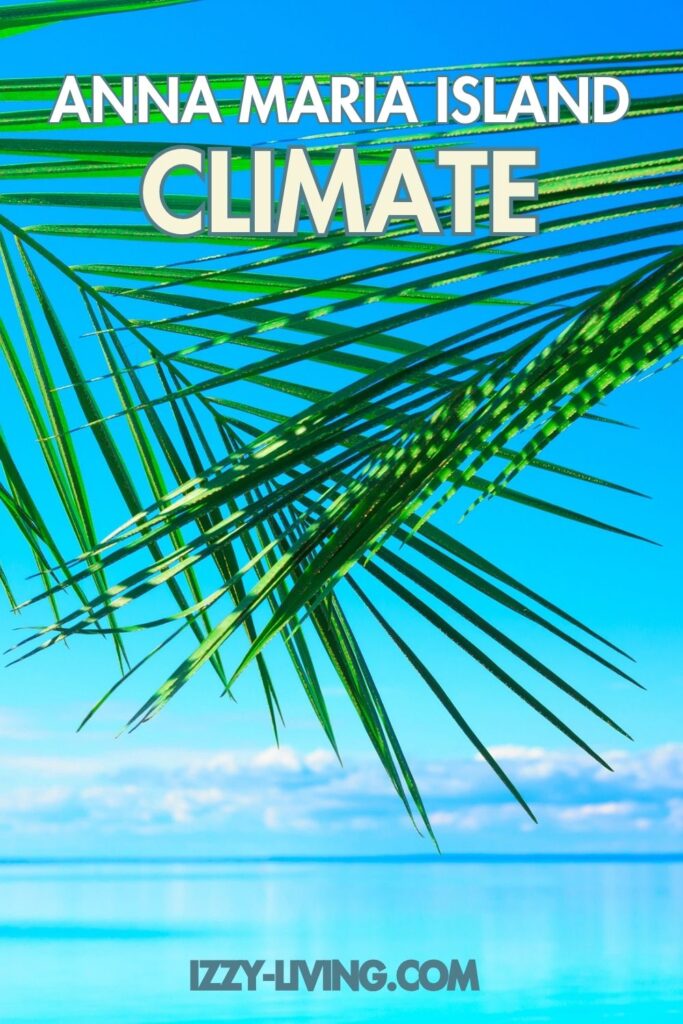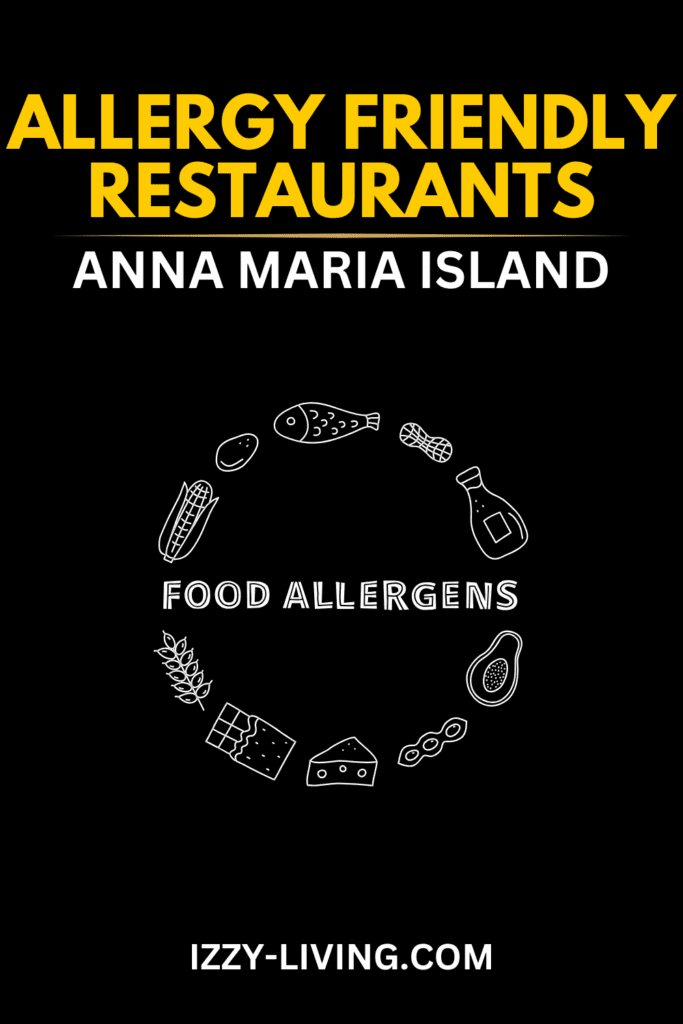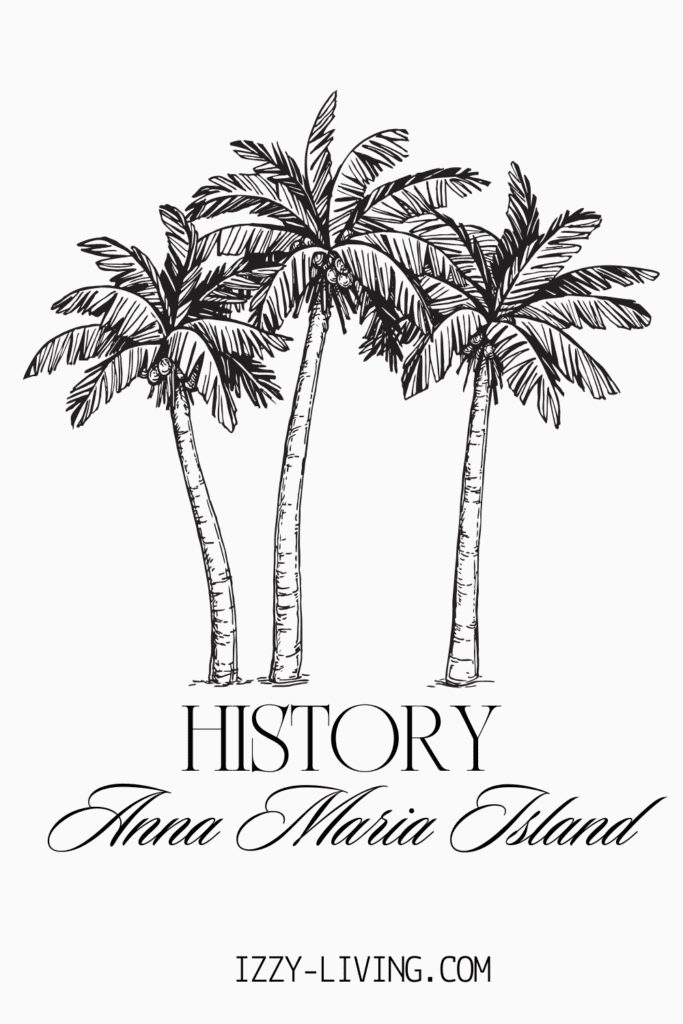
Beach warning flags on Anna Maria Island play a crucial role in keeping visitors safe by signaling current water conditions. Each color indicates a different level of hazard, helping beachgoers understand potential risks. These flags are clearly posted at lifeguard stations, guiding everyone to make informed choices and enjoy the beach safely.
This post breaks down everything from green to double red flags and share practical tips for making the most of your beach day—even when the warning flags signal caution. Grab your sunscreen and get ready to hit the shore, safely and smartly.
Warning Flags Origin
Tide and surf conditions play a major role in the safety and enjoyment of Florida’s public beaches. To help reduce the risk of drowning and serious injury, the Florida Coastal Management Program partnered with the Florida Beach Patrol Chiefs Association, the United States Lifesaving Association, and the International Life Saving Federation to create a standardized beach warning flag system for communities along Florida’s coastline.
Florida’s public beaches attract many visitors and many beach communities use warning flags to communicate surf and safety conditions. However, variations in flag colors, sizes, and symbols from one location to another can create confusion, reducing the effectiveness of these safety measures. To address this, the Florida Legislature amended Section 380.276, F.S., in 2005, mandating that all public beaches use only the standardized flags established by the state’s official warning program.
Florida’s beach warning flag program features four color-coded flags, each explained by interpretive signs posted along the shoreline.
Flag Colors and Significance
- Green · low hazard · calm conditions
- Yellow · medium hazard · light surf and/or currents
- Red · high hazards · high hazard · strong surf and/or currents
- Double Red · water closed to public use
- Purple · marine pests · jellyfish, stingrays, and dangerous fish
Flags Locations
Beach warning flags are posted at all 11 lifeguard towers—one at Manatee Beach and ten along Coquina and Cortez Beaches. The northern beaches of Anna Maria Island, including popular spots like Bean Point and Bayfront Park Beach, are not staffed with lifeguards and do not have flag warnings in place.
Alternative Activities
Paying attention to beach flag warnings can make a big difference in how you enjoy your day by the water. Even on days when flags indicate unsafe swimming conditions, your beach trip doesn’t have to be a wash—there are still plenty of fun and relaxing activities to enjoy onshore.
- Hunt for shells
- Watch the sunset
- Bike
- Play bar games
- Grab a bite
- Shop
- Birdwatch
- Grab a coffee
- Paint a sanddollar
- Play beach games
- Take a yoga class
- Enjoy a spa day
- Grab an ice cream
- Meet the parrots
- Take a trolley ride
- Read a book
- Paint pottery
- Listen to live music
Until next time…
· izzy

When planning your visit, understanding Anna Maria Island’s weather becomes essential for making the most of your beach getaway. While the island welcomes visitors year-round, each season brings its own unique charm—from warm, breezy springs and sun-soaked summers to mild autumns and pleasantly cool winters.
Dining out should be an enjoyable experience for everyone, but for those with food allergies, it can sometimes feel a little daunting. A significant portion of people with food allergies find dining out a challenge due to the lack of clear allergy friendly options.
Nonetheless, with planning and preparation, dining out for individuals with food allergies can be safe as well as enjoyable.


Several restaurants on Anna Maria Island accept reservations offering a convenient way to enjoy the island’s vibrant dining scene.
Below are Anna Maria Island restaurants that accept reservations so you can enjoy your meal with minimal or no wait!

